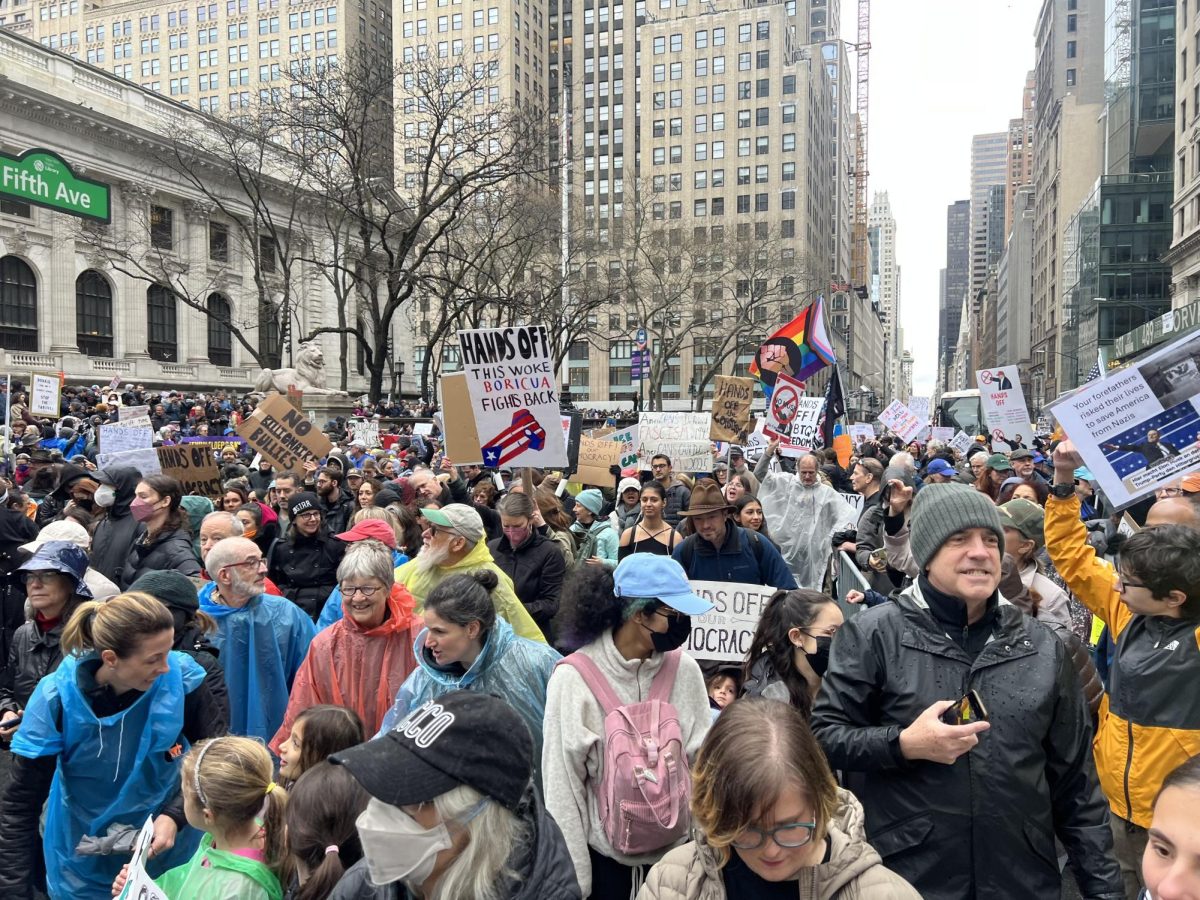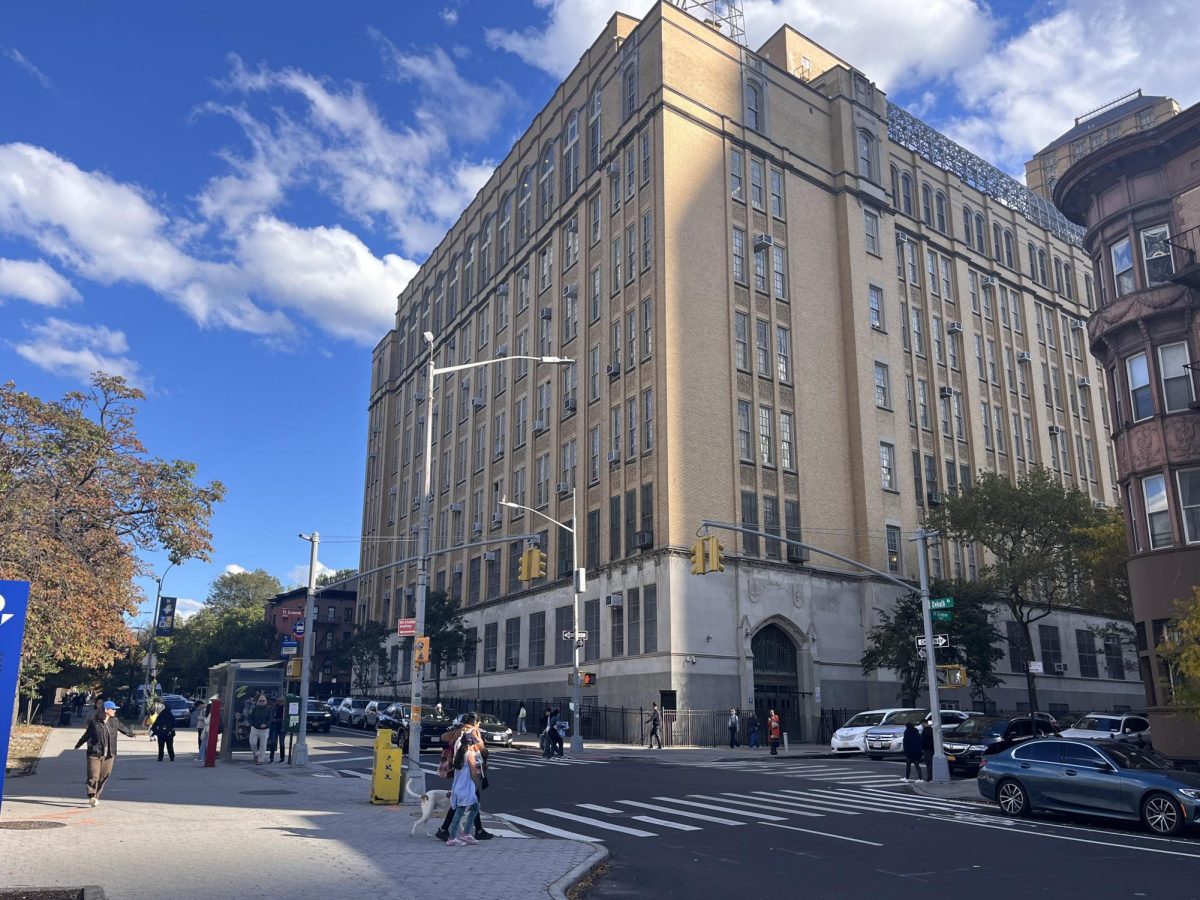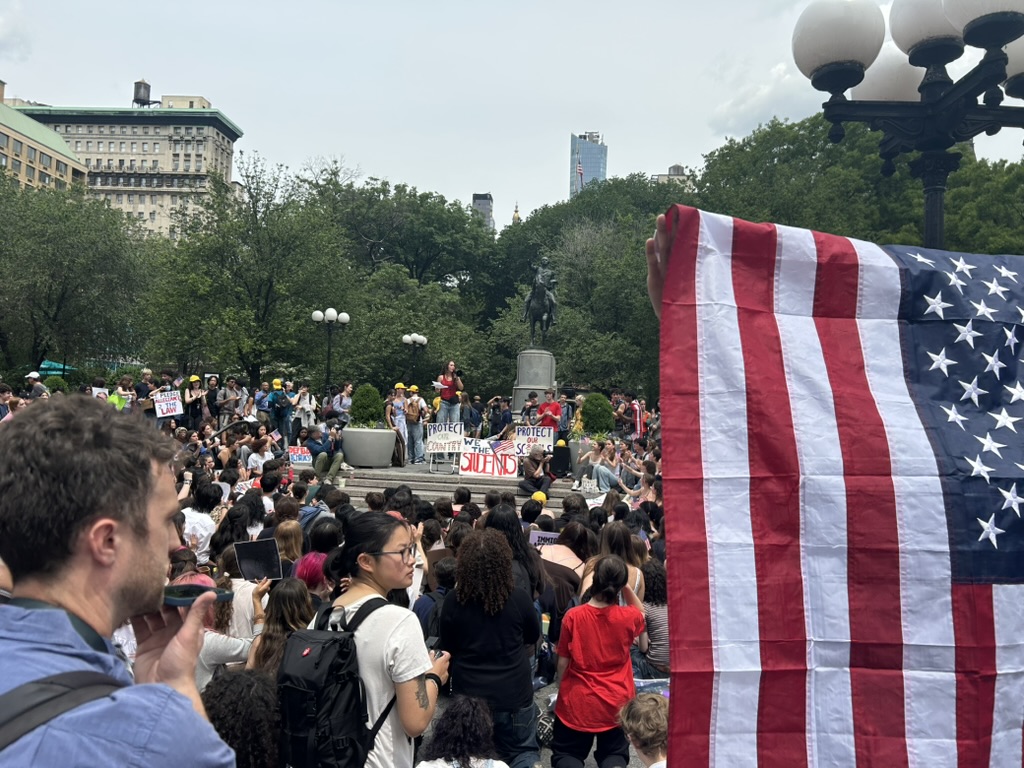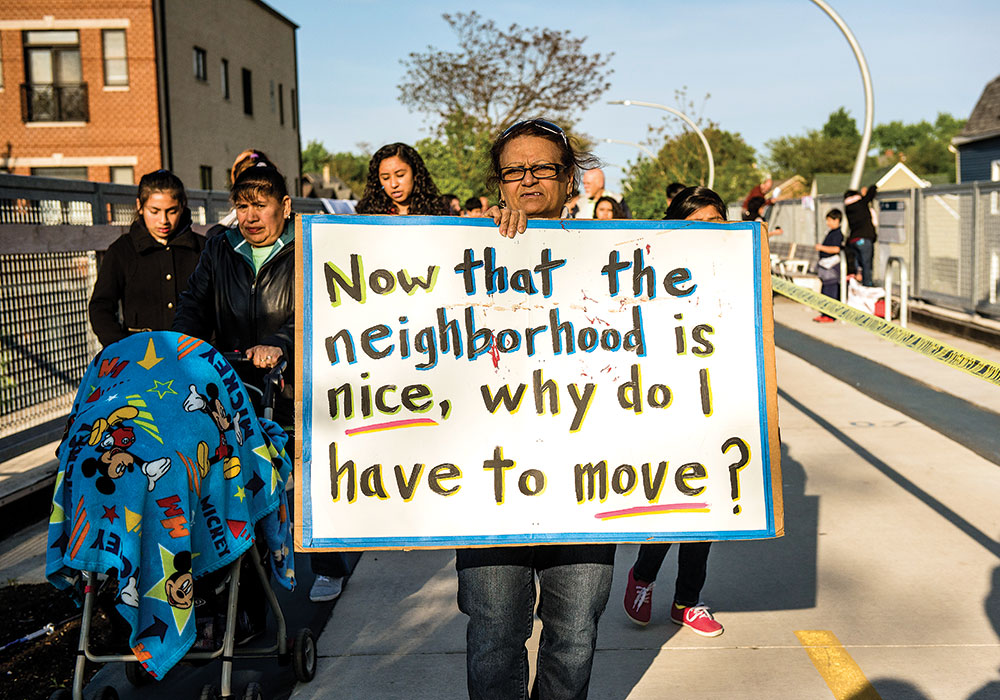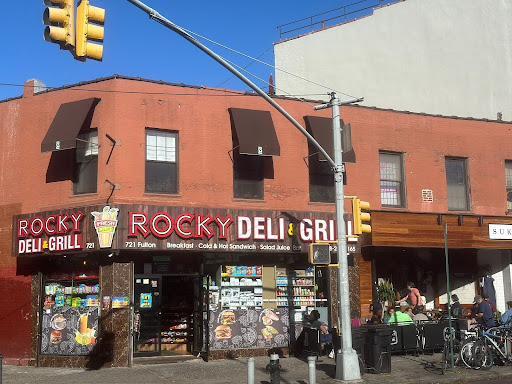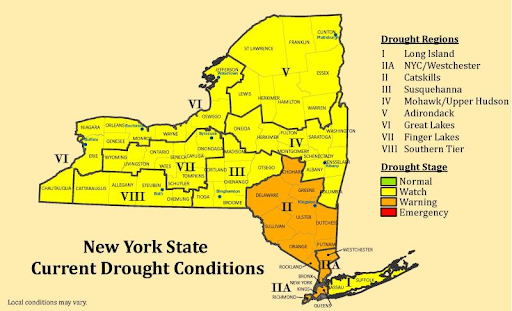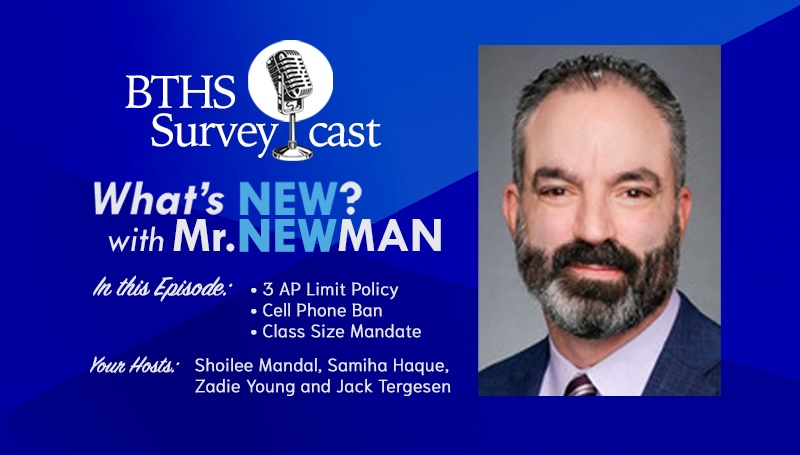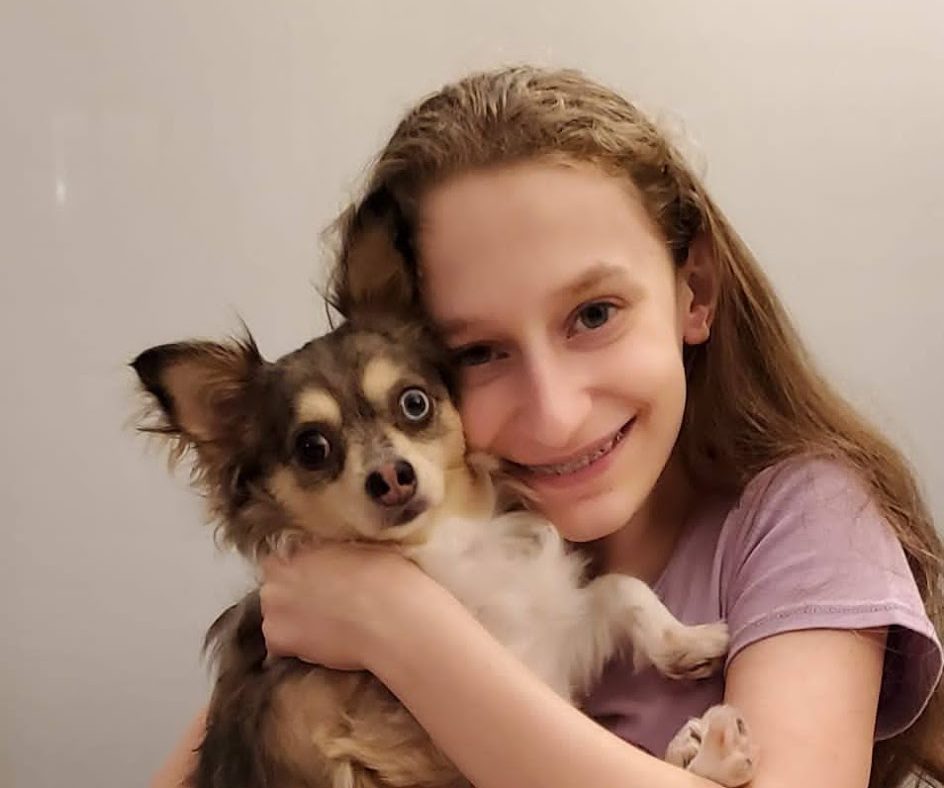Dear traditional animal shelters,
Imagine being in a box on the roadside, ignored by speeding cars. Finally, someone notices you. Now, you’re inside a tight-cold cage. Barking echoes break the silence. While being dragged by your neck into a dark room, sadness overtakes you. Your cries go unanswered. Your final memories are people jabbing a shot at your leg. Animals in traditional shelters, known to opponents as kill shelters, suffer the same. Since your shelters accept all animals regardless of behavior, health, or age, they are euthanized to make room for more.
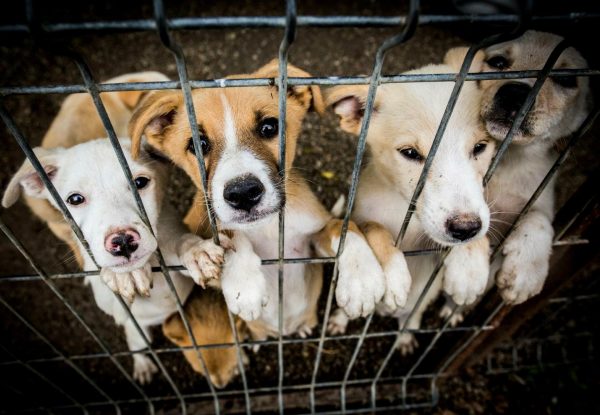
On behalf of all voiceless, suffering beings, I demand that your shelters be illegal. Traditional shelters deny them a second chance at life. According to Tchekmedyian and Petri’s 2023 LA Times article, “Dogs were euthanized within days of being featured at adoption events or on social media,” which “did not give the public enough time to adopt them.” Due to shelter space constraints, animals are euthanized without hesitation. New animals replace them, repeating the assembly line cycle. Moreover, traditional shelters stress animals, making them aggressive. Nolan wrote in her 2023 New York Times article, “‘We might have two dogs that are spinning in their kennel and biting the bars until their teeth bleed, who are anxious and really struggling mentally.’” In isolation, animals’ hopeful gaze fades, leading to hostility. This heartbreaking metamorphosis is caused by traditional shelters killing ‘aggressive’ animals instead of healing them.
In response to this dire situation, no-kill shelters have been created as alternatives. However, traditional shelters argue that no-kill shelters are harmful. They state that, “‘No-kill’ shelters are usually at capacity’” and cannot accept more animals. Instead of a “peaceful death” in a shelter, rejected animals die “on the streets” alone. ASPCA, a US no-kill shelter, developed a technique that accepts all animals without euthanization. According to ASPCA, “relocation is an effective and critical tool to prevent needless euthanasia of adoptable pets.” Moving animals from “under-resourced shelters to shelters with space” reduces animal overpopulation, proving that no-kill shelters accept abandoned animals. ASPCA relocated 230,738 animals since 2014 in the US. There is a better way – euthanizing animals in an overcrowded shelter isn’t it.
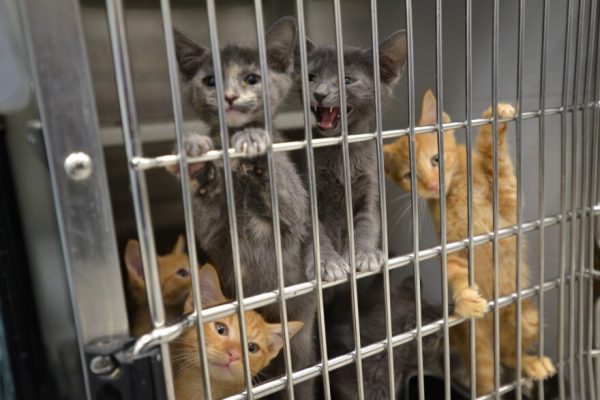
Our generation throws away everything unfashionable. Animals included. City streets become a cemetery for rejected tails and betrayed eyes, showing our incapacity to protect the voiceless. I found a helpless kitten behind a store near trash. Its criesshattered my heart. I asked whose kitten it was, but everyone was indifferent and suggested a shelter. I refuse to support traditional shelter animal deaths. Publicly denounce that overcrowded traditional shelters force euthanasia. People must hear and fight to turn shelters into trampolines for new lives for all animals.
Sincerely,
Animal Lover
Works Cited
“Animal Relocation.” ASPCA, 23 Feb. 2024, https://www.aspca.org/helping-people-pets/animal-relocation. Accessed 26 February, 2024.
Nolan, Erin. “Unhappy Animals Languish in Overcrowded Shelters.” The New York Times, 24 Oct. 2023, https://www.nytimes.com/2023/10/24/nyregion/animal-shelters-new-york.htm. Accessed 26 February 2024.
Tchekmedyian, Alene. Petri, Alexandra E. “After Times investigation, L.A. County seeks to add kennels, review policies at animal shelters.” Los Angeles Times, 5 Dec. 2023,
https://www.latimes.com/california/story/2023-12-05/after-times-investigation-l-a-county-seeks-to-add-kennels-review-policies-at-animal-shelters. Accessed 26 February 2024.
“The Deadly Consequences of ‘No-Kill’ Policies.” PETA, 9 Sept. 2014, www.peta.org/features/deadly-consequences-no-kill-policies. Accessed 26 February, 2024.
“Why Kill Shelters Exist – Voices of Change Animal League.” VOCAL, 16 February 2023, https://vocalforpets.org/why-kill-shelters-exist/. Accessed 26 February 2024.

